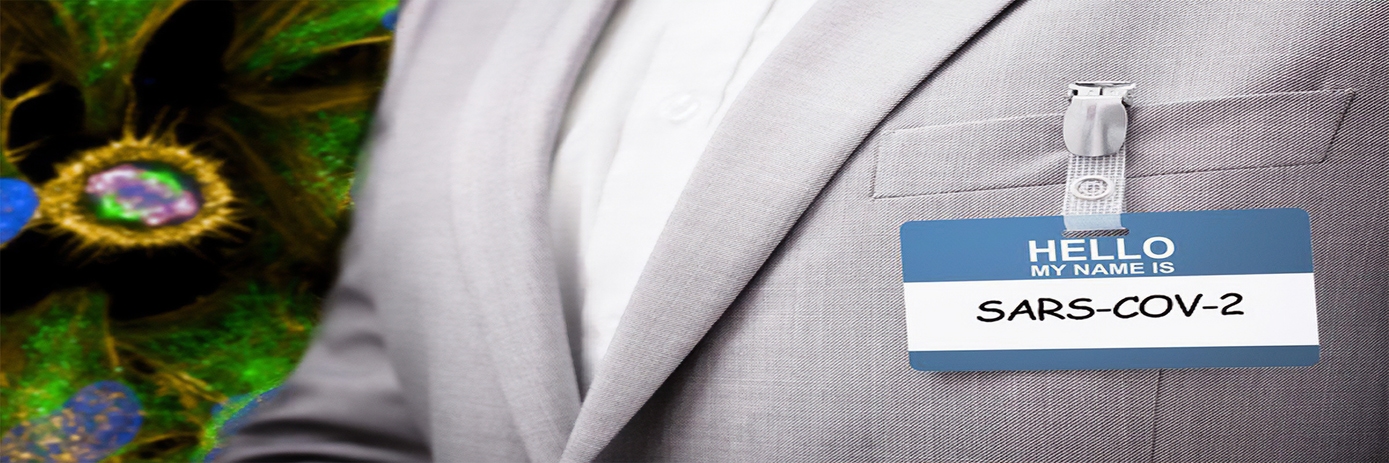Researchers worldwide are working around the clock to develop effective drugs and vaccines for the SARS-CoV-2 virus. Their efforts are focused on three key approaches:
- Repurposing of existing drugs
- Development of new therapeutics
- Development of vaccines
High content screening (HCS), with its wide range of applications, is an important part of each of these strategies. HCS combines high-throughput automated cellular imaging with sophisticated image analysis to extract quantitative, multi-parametric data at the single-cell level.
Here is a brief look at several recent investigations in which HCS is/was used to target SARS-CoV-2 and other deadly viruses.
HCS in drug repurposing studies
SARS-CoV-2
Researchers from the Fraunhofer Institute in Germany conducted a large-scale HCS drug repurposing screen to evaluate potential treatments for SARS-CoV-2. The study screened 5,632 compounds for virus-induced cytotoxicity in Caco-2 cells. Nineteen (19) compounds were found to strongly inhibit SARS-CoV-2. The results also correlated well with previous screening outcomes against the related SARS and MERS coronaviruses, providing data for a possibly broader range of anti-coronavirus treatments.
MERS-CoV
A research team from the Institute Pasteur, in South Korea, conducted a large-scale HCS screen for potential MERS-CoV treatments. The study screened 5,406 compounds for anti-MERS-CoV activity via virus spike protein expression and cytotoxicity in Vero cells. Twelve (12) compounds were found to strongly inhibit MERS-CoV. Further study of those 12 provided data on the timing of their anti-viral activity-in early and/or late stages of the virus lifecycle-information that is important for clinical study design.
ZIKV
Researchers from the University of Texas conducted an HCS drug repurposing study of potential treatments for Zika flavivirus (ZIKV). The study screened 774 compounds for anti-ZIKV activity via viral envelope protein expression. Twenty (20) of the compounds were found to decrease ZIKV infection of human HuH-7 cells. ZIKV can be sexually transmitted and can affect fetal neuronal development. Therefore, the 20 compounds were further evaluated using genital, placental, and neural tissue cells. Some of the promising compounds are already approved for use during pregnancy.
EBOV and MARV
Researchers from the University of Illinois conducted an HCS screening study aimed at compromising the infectivity of the EBOV and MARV viruses. The team identified a lead that encouraged further studies, determining that H1 receptor blockers bind the same EBOV glycoprotein as the aromatase inhibitor toremifene, which is also known to destabilize viral glycoproteins. The team is now evaluating the potential for histamine receptor blockers to act as antiviral agents.
HCS in new therapeutics development
CHIKV and VEEV
A team of U.S. researchers at USAMRIID conducted an HCS siRNA screen to identify host-cell factors required by CHIKV and VEEV alphaviruses. The study screened 140 siRNAs that target proteins needed for host-cell trafficking of the viruses. The data revealed that the viruses rely on regulators of the cytoskeleton’s actin proteins. Further investigation characterized the actin remodeling pathway triggered by the virus and has opened the door to potential actin-targeted treatments to block virus host-cell trafficking.
HCS and vaccine development
SARS-CoV-2
Researchers from Xiamen University in China used HCS to develop a neutralization assay based on a pseudovirus expressing the SARS-CoV-2 spike protein. Pseudovirus-based neutralization assays can be run at reduced safety measures and allow testing whether a patient’s serum or antibodies can prevent virus infection of new host cells. The pseudovirus model assay is now being used in both vaccine development and therapeutic antibody development.
Looking to the future
As these studies demonstrate, researchers are employing HCS to make great strides in the fight against deadly viruses. These and other successful investigations provide hope for the development of effective treatments for COVID-19 and other viral diseases that might emerge in the future.
Please click through for the original post, which was published in Drug Discovery World.
References:
- https://www.researchsquare.com/article/rs-23951/v1
- https://www.biorxiv.org/content/10.1101/2020.02.25.965582v2
- https://www.cell.com/cell-host-microbe/fulltext/S1931-3128(16)30303-1
- https://www.ncbi.nlm.nih.gov/pmc/articles/PMC6087678/
- https://journals.plos.org/plospathogens/article?id=10.1371/journal.ppat.1005466#abstract1
- https://www.biorxiv.org/content/10.1101/2020.04.08.026948v2

































